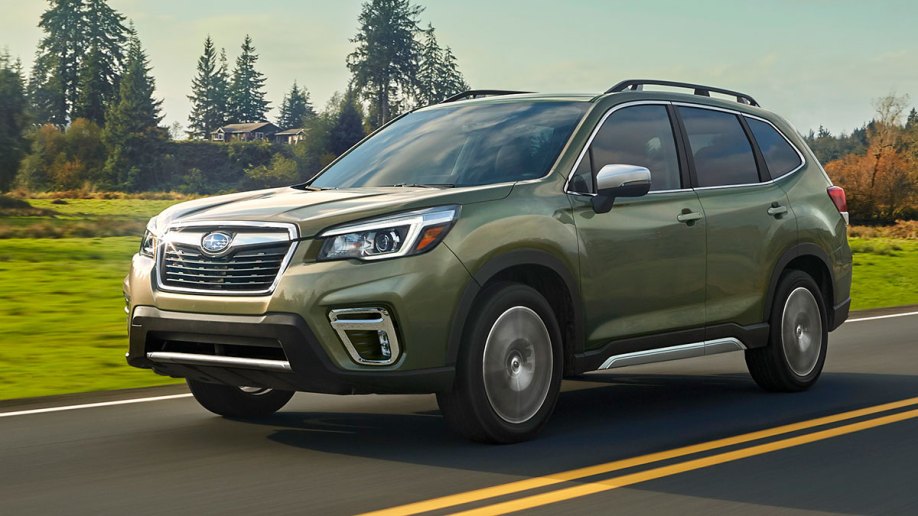
About the IIHS
The IIHS is a car safety research watchdog group funded by a consortium of insurance companies. Insurers are financially interested in reducing accidents, so the institute regularly researches the impact of safety systems.
Related: How Does Automatic Emergency Braking Work?
In this case, IIHS researchers looked at crash data from 16 states involving 2014-2020 models with and without the EyeSight system.
System Better at Spotting Bikes Traveling With Traffic
They found that the system reduced crashes with bicyclists traveling parallel to the road by 29%. But, since most accidents between cars and bicyclists involve a vehicle crossing the road, that “had only a minor impact on crashes with bicyclists overall.”
“Perpendicular crash rates and overall crash rates were 5% and 9% lower for equipped vehicles, respectively, but neither of those reductions was statistically significant,” the Institute says.
Current Subaru models carry a newer edition of the EyeSight system designed to detect pedestrians and bicyclists better. The IIHS says it’s “too soon for a study of its real-world effectiveness.”
Similar Systems May Be Mandatory Soon
Most vehicles on the market in 2023 carry some form of automatic emergency braking (AEB) system. A new government proposal could mandate the systems in all cars within four years.
Studies have shown that AEB systems can reduce crashes and save lives, but there is room for improvement in how they function.
One recent study found that vehicles equipped with the systems have half as many crashes as those without.
But a recent round of IIHS tests found them ineffective at night.
Another set of tests conducted by the American Automobile Association (AAA) showed that they only reliably prevent crashes at low speeds.
“These technologies are fantastic, but it will be a long time before every vehicle in the fleet is equipped with such a system,” said Jessica Cicchino, vice president of research at the Institute and the author of the bicycle study. “That’s why we need things like better roadway lighting to help drivers to see cyclists at night as well as more separated bike lanes and other infrastructure improvements that we know reduce crash risk.”







